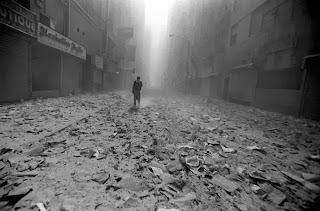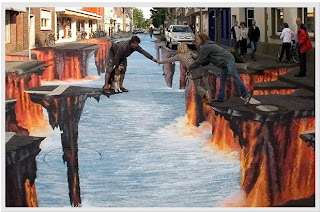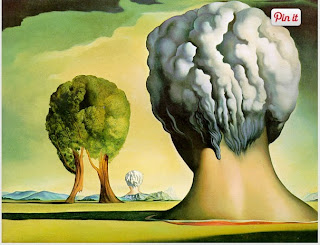1. What part of the body should we closely relate aperture?
The eye.
2.The smaller the Aperture the larger the lens, the higher the Aperture the smaller the lens
3. Aperture impacts depth of field because it could either be blurry or sharp.
2.The smaller the Aperture the larger the lens, the higher the Aperture the smaller the lens
3. Aperture impacts depth of field because it could either be blurry or sharp.
a) dunking booth- fast
b) the food eating contest- fast
c) the rock climbing wall- slow
d) someone working at a booth- slow
e) the dj working at the middle of the circle- slow
f) diamonds performance- fast
nightime
a) dunking booth- slow
b) the food eating contest slow
c) the rock climbing wall- medium
d) someone working at a booth- slow
e) the dj in the middle of the circle- medium
f) diamonds performance- medium
ISO 200
ISO 3200
1. ISO captures fast shots of people or things doing quick actions.
2. "You should always use the lowest ISO, to retain the most detail and to have the highest quality image.
3. If you set your ISO really high you'll freeze motion.





















































